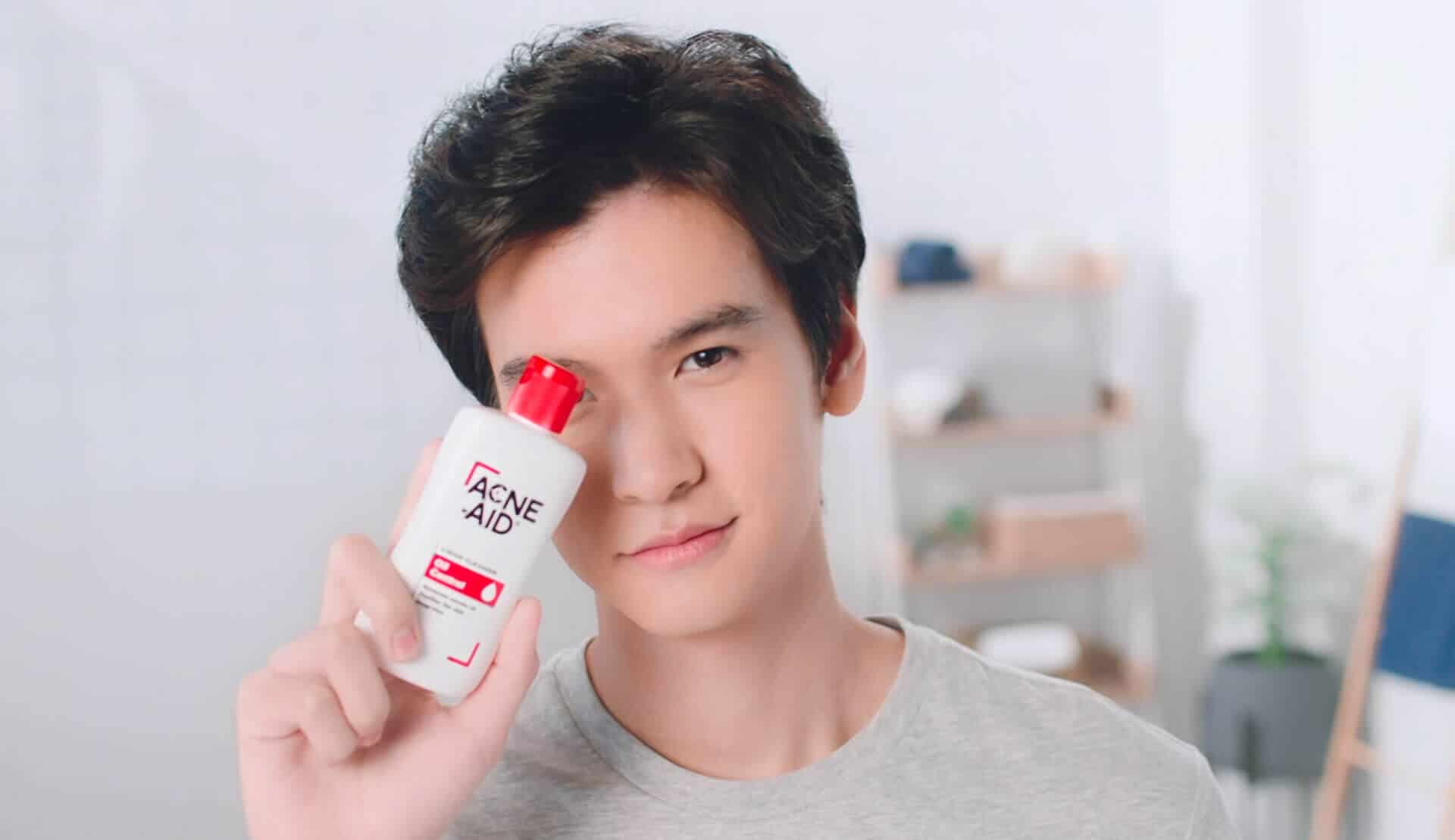
Types of Acne
Spot the difference: understanding types of acne problems.
What’s the difference between a pimple and acne?
You’re looking in the mirror and there they are staring back at you: pimples on face, pimples on chin, pimples on forehead, and even that rogue pimple on lip. So you’ve got a few spots on your face – how can you tell if it’s just a pimple or full-on acne? The term pimple usually describes the small individual whitehead or blackhead that forms when your skin’s pores get clogged with oil, dead skin cells, and dirt. Acne – or more formally, acne vulgaris – describes an ongoing condition where excess oil production and comedone (clogged pore) formation can lead to overgrowth of bacteria and inflammation.
Whiteheads vs blackheads
The ongoing build-up of oil and dead skin cells in pores results in the formation and growth of comedones, or clogged pores. These comedones are either closed or open. Closed comedones are called whiteheads, and open comedones are called blackheads.
As you would expect by the name, whiteheads look like a white dome that pokes out from below the surface of your skin but is not open to the air. They generally don’t have a visible pore in the centre and are usually not red and inflamed.
Blackheads form when the pore continues to enlarge and open up because of further oil and dirt build-up. These open comedones are usually flatter than closed comedones but they have a visible core in the centre that contains a black plug. The core is black in colour because of a chemical reaction that occurs when melanin pigment in the dead skin cells is exposed to air – it’s not dirt!
Inflamed pimples
So the formation of comedones is the first stage of acne. These clogged pores provide the perfect environment for the overgrowth of a bacteria found naturally on the skin. Some comedones break open, releasing the bacteria and nasty pore contents into the surrounding skin. This results in an inflammatory immune response, causing redness and swelling in the skin that may feel warm and painful.
The type of inflamed pimples that occur depends on the location and size of the area affected as well as the extent of the inflammatory response. Papules describe red inflamed lumps on the skin, while pustules are red inflamed lumps that are filled with pus. More severe types of acne are nodular acne and cystic acne. Nodules are hard lumps that develop deeper below the skin, while cysts are pus-filled lumps that also form deeper below the skin.
Who gets acne – and where?
People usually first get acne when they hit puberty – thanks hormones! Acne is most common in teenagers and young adults, affecting up to 95% of teenage boys and 85% of teenage girls. While acne, especially severe acne, occurs more frequently in teenage boys, adult acne is more common in women than men. Because too much oil can lead to clogged pores, people who have oily skin are more likely to develop acne.
Acne occurs most commonly on the face but can also affect the neck and upper body. That’s right – back acne, chest acne, and even shoulder acne can happen! In fact, nowadays people are even experiencing maskne – acne that occurs on the lower face thanks to wearing a face mask.
No matter who you are or where you get acne, the ACNE-AID range of everyday solutions is available to help you effectively manage acne problems.
